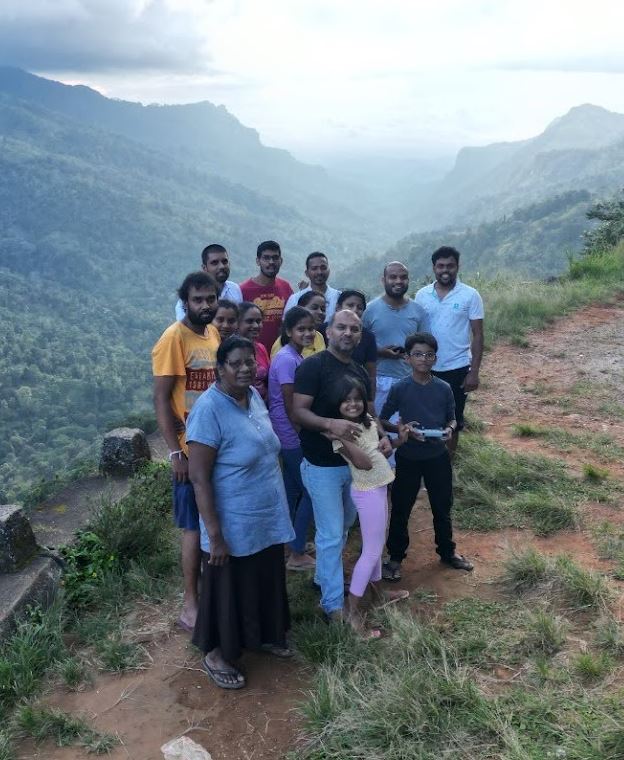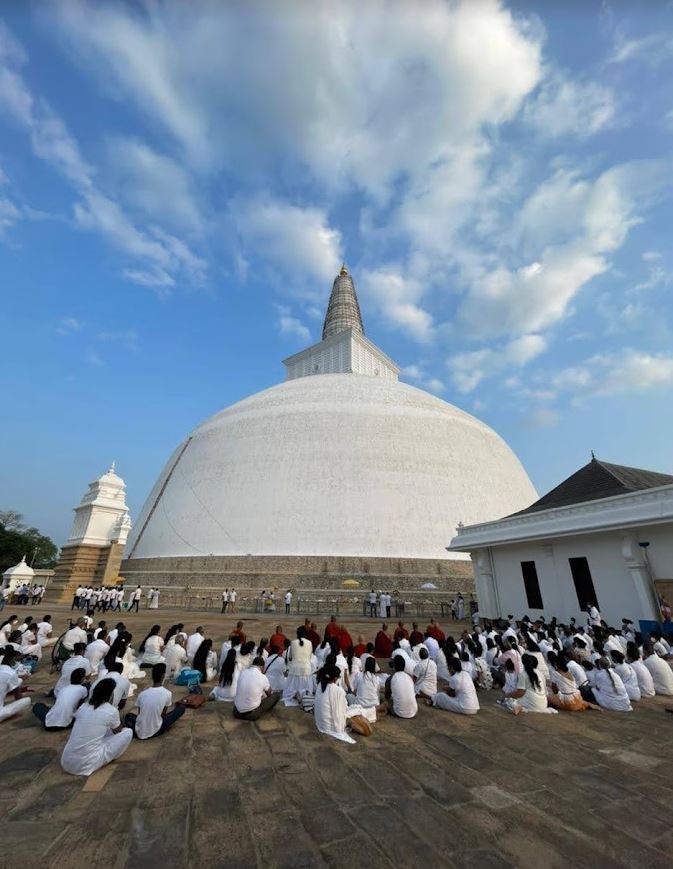Sri Lanka People



The people of Sri Lanka are a diverse and vibrant mix of ethnicities, cultures, and traditions, reflecting the island’s rich history and its location at the crossroads of ancient trade routes. Here’s an overview of the main ethnic groups, their cultural practices, and their contributions to Sri Lankan society:
Day Tours to Main Cultural Sites
There are many Cultural Heritage sites to see Sri Lanka People. Most famous places are Anuradhapura, Polonnaruwa, Kandy and Sigiriya.
1. Sinhalese
- Population: Approximately 74% of the population
- Religion: Predominantly Theravada Buddhists
- Language: Sinhala
- Overview: The Sinhalese are the largest ethnic group in Sri Lanka, primarily inhabiting the central, southern, and western parts of the island. They trace their origins to northern India, and their culture is deeply intertwined with Buddhism, which has influenced the island’s art, architecture, and customs. The Sinhalese have a rich tradition of dance, music, and literature. Their festivals, such as the Sinhala and Tamil New Year (Aluth Avurudda) and Vesak, are celebrated with much enthusiasm and are important cultural events.
2. Sri Lankan Tamils
- Population: Approximately 11% of the population
- Religion: Predominantly Hindus, with a minority of Christians
- Language: Tamil
- Overview: Sri Lankan Tamils primarily reside in the Northern and Eastern provinces of the island. They have a long history in Sri Lanka, with roots tracing back over two millennia. The Tamil community is known for its contributions to literature, arts, and the Hindu religion in Sri Lanka. Key cultural and religious festivals include Thai Pongal, a harvest festival, and Deepavali, the festival of lights.
3. Indian Tamils
- Population: Approximately 4% of the population
- Religion: Predominantly Hindus, with a minority of Christians
- Language: Tamil
- Overview: Indian Tamils, also known as Hill Country Tamils, were brought to Sri Lanka by the British in the 19th century to work on tea plantations in the central highlands. They are distinct from the Sri Lankan Tamils and have developed their own unique cultural identity over time. Their contributions to the tea industry have been significant, and they continue to maintain their cultural practices, including festivals like Thai Pongal and Tamil New Year.
4. Moors (Muslims)
- Population: Approximately 9% of the population
- Religion: Islam (predominantly Sunni)
- Language: Tamil and Sinhala, with some Arabic influence
- Overview: The Moors, or Sri Lankan Muslims, are descendants of Arab traders who settled on the island centuries ago. They live throughout the country, with significant communities in the Eastern Province and in cities like Colombo and Kandy. The Muslim community is known for its business acumen and has contributed to the island’s trade and commerce. They celebrate Islamic festivals such as Ramadan, Eid al-Fitr, and Eid al-Adha, with religious observances and community gatherings.
5. Burghers
- Population: Less than 1% of the population
- Religion: Predominantly Christians (Roman Catholic and Protestant)
- Language: English and Sinhala/Tamil
- Overview: The Burghers are descendants of Portuguese, Dutch, and other European settlers who arrived in Sri Lanka during the colonial period. They are a small but influential community, known for their contributions to Sri Lankan culture, especially in the fields of education, law, and the arts. The Burgher community is largely bilingual, speaking English and either Sinhala or Tamil. They celebrate a mix of Christian and local festivals, and their cuisine, which blends European and local flavors, is unique.
6. Malays
- Population: Less than 1% of the population
- Religion: Islam
- Language: Malay (a creole form), Tamil, Sinhala
- Overview: The Malays in Sri Lanka are descendants of soldiers and officials brought by the Dutch and British colonial powers from the Malay Archipelago. They have preserved their distinct cultural identity, including their language, which is a Malay-based creole. The Malay community is known for its traditional martial art, Silat, and for their vibrant cultural events, such as weddings and religious festivals.
7. Veddas
- Population: A few thousand
- Religion: Animism and Buddhism (influenced by Sinhalese culture)
- Language: Sinhala, with remnants of the Vedda language
- Overview: The Veddas are considered the indigenous people of Sri Lanka, with a history that predates the arrival of the Sinhalese and Tamils. They traditionally lived as hunter-gatherers, and their culture is closely tied to the natural environment. Today, the Vedda population is small, and they have largely integrated with the Sinhalese, though some communities continue to practice traditional customs and rituals. The Veddas are known for their deep connection to the land and their knowledge of the island’s flora and fauna.
Cultural Harmony and Diversity
Sri Lanka’s population is a mosaic of ethnicities, each with its own distinct traditions, languages, and religious practices. Despite the ethnic diversity, many Sri Lankans share common cultural values and participate in each other’s festivals and customs. However, the country has also experienced ethnic tensions, particularly during the civil conflict that ended in 2009. Since then, there have been ongoing efforts to promote reconciliation, unity, and understanding among the various communities.
Day Tour Price to Cultural Sites
- Transport Cost for Anuradhapura USD 95 – Polonnaruwa USD 95 – Sigiriya USD 70 per private tour in an A/C car or van with an English speaking chauffeur-guide
Vehicle Options:
Car (up to 2 persons): Toyota Axio, Prius Hybrid, Premio/Honda Fit Shuttle or similar
Van (3 to 6 persons): Toyota KDH/Nissan Caravan or similar
- Entrance ticket fee for Anuradhapura/Polonnaruwa/Sigiriya Sri Lanka – Ticket price for each place US$ 35 / EUR 31 / GBP 26) per foreign adult and US$ 17 / EUR 16 / GBP 13 ticket price per foreign child of age 05 – 12 years are applicable.
